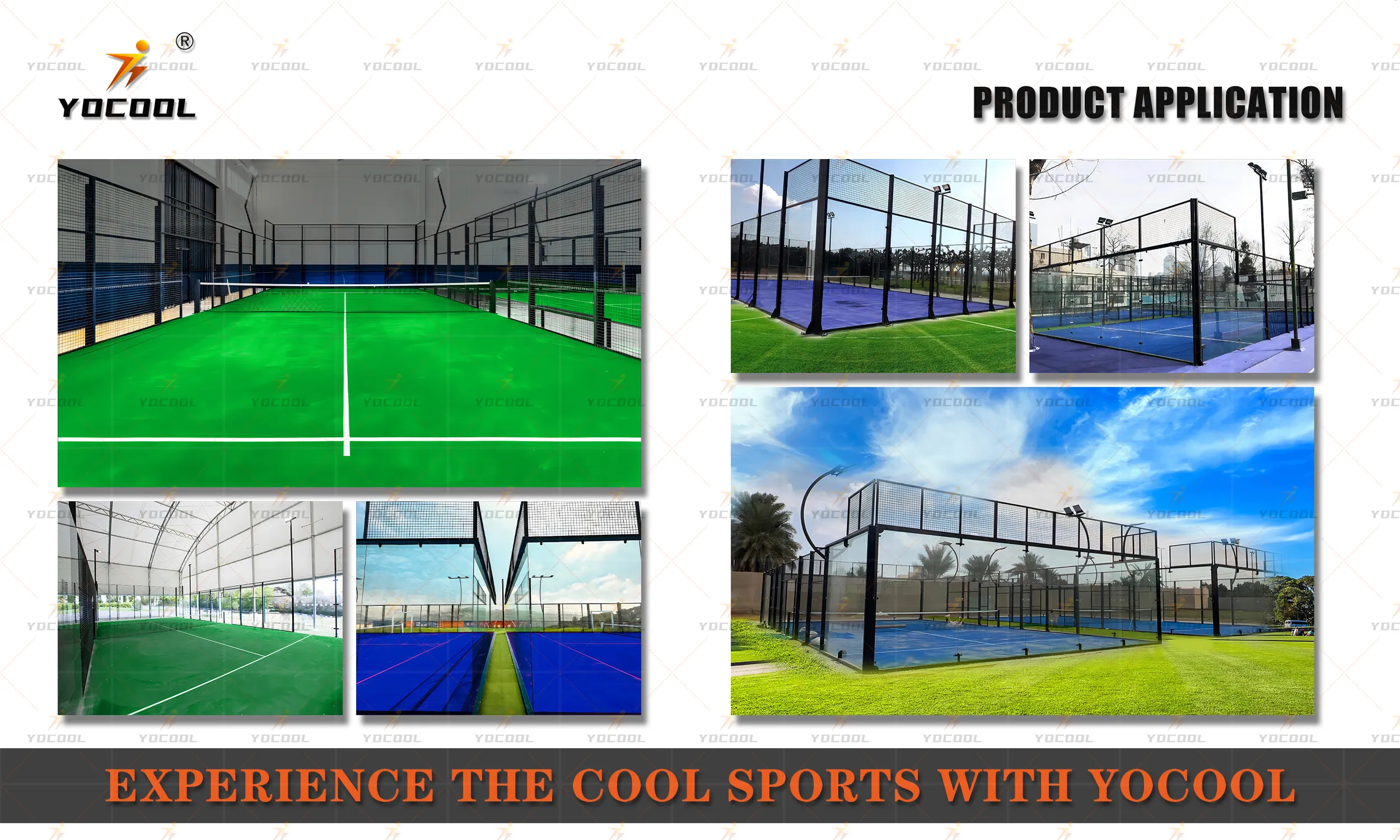

The Cost to Build a Padel Court A Manufacturer's Perspective
Padel, a rapidly growing sport originating from Mexico, has gained immense popularity worldwide thanks to its accessibility and social nature. As more enthusiasts take to the courts, the demand for constructing new padel facilities has increased. One of the critical considerations for potential investors or clubs is the cost of building a padel court. Understanding the various factors that contribute to these costs is essential for anyone looking to enter the padel business.
The first significant aspect impacting the cost of building a padel court is the materials used. High-quality materials are essential to ensure the court's durability and safety. Manufacturers often recommend using robust glass for the walls, special fencing, and durable synthetic surfaces that provide excellent grip and comfort. Depending on the specifications and local availability, the cost of these materials can vary greatly.
Another crucial factor is the court's size and design. A standard padel court measures 20x10 meters, but custom designs or varying layouts can significantly alter expenses. Additionally, the inclusion of amenities such as bleachers, lighting for nighttime play, and changing facilities can add to the overall cost. Investors must carefully consider what features to include based on their target market and intended usage.
Labor costs represent another significant portion of the total expenditure. Hiring skilled workers who can construct a high-quality padel court is essential. Costs vary by location; urban areas might face higher labor expenses, while rural regions might offer more competitive rates. Collaborating with experienced contractors who specialize in sports facilities can also influence both the quality and cost-effectiveness of the project.

Location plays a vital role in the overall costs, as land prices differ widely. Securing a suitable site that meets zoning regulations and provides easy access for players can sometimes be a more significant investment than the court construction itself. Additionally, permits and legal fees must be factored into the budget.
It's also essential to consider ongoing maintenance costs. Padel courts require regular upkeep to ensure player safety and optimal play conditions. Planning for these long-term expenses is crucial for financial sustainability.
Lastly, partnering with reputable padel court manufacturers can result in better pricing for materials and construction services. Many manufacturers also offer complete packages, encompassing design, planning, and installation, simplifying the process for investors.
In conclusion, the cost to build a padel court involves many factors, including materials, design choices, labor, location, and ongoing maintenance. By thoroughly considering these elements, prospective court owners can better prepare for the financial aspects of their padel ventures, ultimately contributing to the sport's continued growth and popularity.
High-Performance Industrial Flooring Solutions China Paddle Tennis Court for Sale
High-Performance Industrial Flooring Solutions Durable & Cost-Effective
Homogeneous Transparent Floor – Durable & Stylish Rubber Floor Solutions
Premium Homogeneous Transparent Floor for Durable & Stylish Spaces Rubber Floor Solutions
Premium Sports Floor Solutions Durable PVC Sports Floor & Rubber Floor for Gyms
Durable Rubber Composite Floor Premium Rubber Floor & Mats Solutions